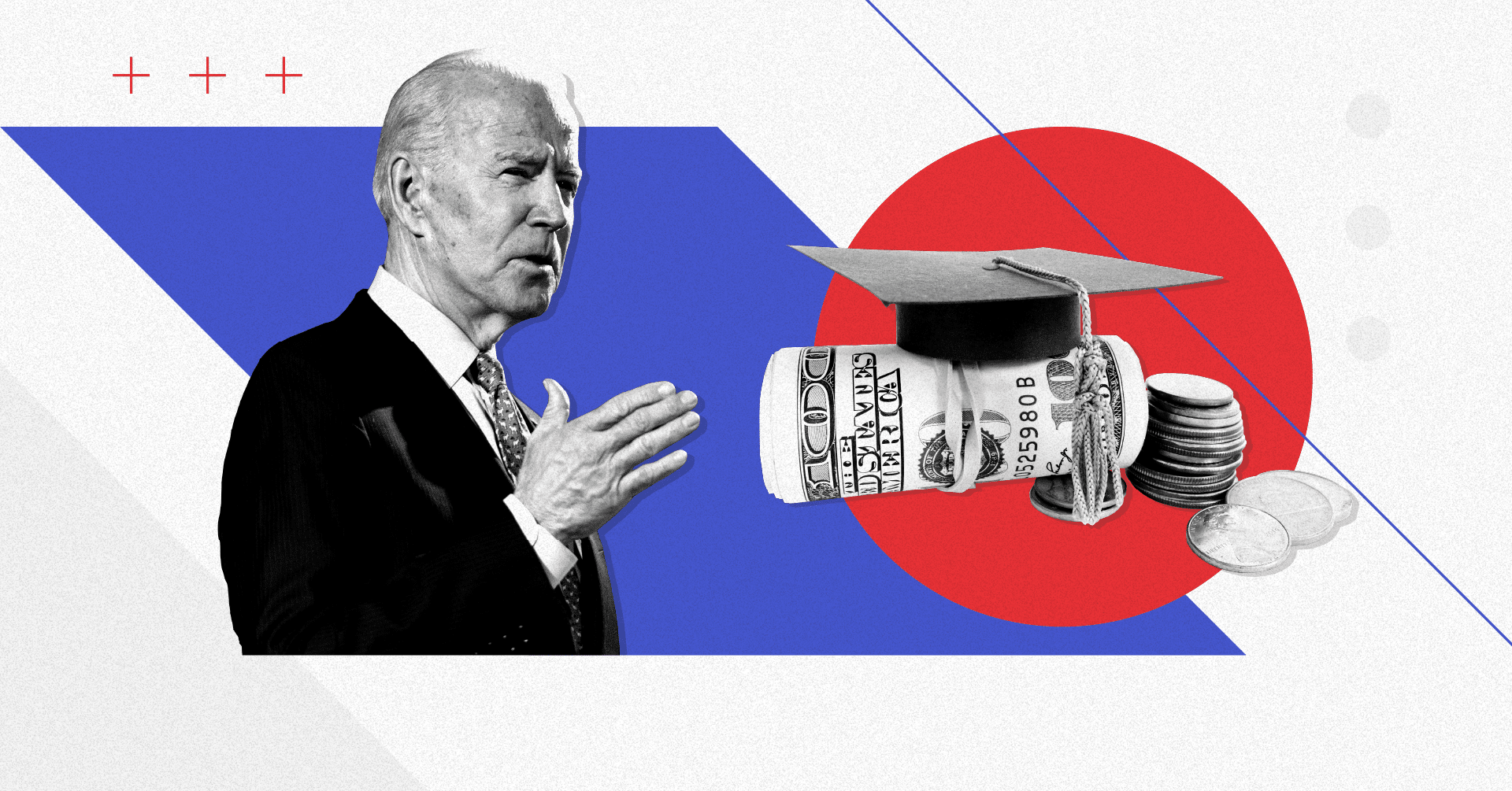Valued Clients and Readers,
After months of speculation and hints, President Biden finally announced his student loan plans. While $10k was a campaign promise and the amount we were expecting, some borrowers are actually eligible for up to $20k of broad loan cancellation. Also, CARES was extended for what will likely be the last time. As with most announcements of this sort, many important details are not included in the White House Fact Sheet and DOE announcement, which is all we really have to go on at this time. Here’s the skinny:
Broad Loan Cancellation
$10k in debt forgiveness for anyone making less than $125k ($250k for married couples), and up to $20k for Federal Pell Grant recipients. There are no tax implications on this forgiveness. They promise a simple application will be ready by year-end, but also indicated that many borrowers may receive forgiveness automatically based on their tax records.
Trying to recall if you were ever a Pell Grant recipient? You’re not alone; the Student Aid website is experiencing so much volume, there’s a waiting room. You can find Pell Grant history in your aid summary in green, it looks like this:

A Final Final Extension of the CARES Act
No that’s not a typo. We were promised a “final extension” last year, but that was before a resurgence of COVID (and also wasn’t a mid-term year). Assuming no major disasters between now and December, we do expect CARES Act to end on 12/31/22. This may push IDR recertifications even further into 2023. We just don’t know yet.
New IDR Plan
For over a year we’ve been hearing rumors of a new IDR plan, which was unveiled (partially) today. The proposed plan has some major changes compared to the current IDR plans… IBR, PAYE and REPAYE:
- Payments equal to 5% of discretionary income vs. 10-15% currently, but only for undergraduate loans!
- Increasing the poverty level deduction (which is part of the payment formula) from 150% to 225%, reducing the payment even further.
- Taxable forgiveness after 10 years vs 20/25 years, but only for borrowers with original loan balances of $12k or less.
- No interest accumulation (negative amortization) if payment does not cover full interest amount
- Automatic renewals based on tax return data.
This leaves a lot of unknowns for most of our readers who have loans from grad school. While it appears that a medical graduate could enroll in this plan and benefit from some of these changes, there are still many comparison points regarding MFS, income caps, etc. that will need to be considered to determine whether this plan is the best fit for each individual. Still, it is a very aggressive plan which will surely benefit those lower income and community college graduates it was intended for.
We’ve already compiled a long list of questions on behalf of our physicians and graduate health readers, and we’ll be sure to release more details and answers as we get them. For now we would encourage you to read the White House Fact Sheet and DOE announcement for yourself.
We have a few other things to share in the near-term, but we’ll let you digest this announcement for now and follow-up with a mid-September blog.
Brandon Barfield is the President and Co-Founder of Student Loan Professor, and is nationally known as student loan expert for graduate health professions. Since 2011, Brandon has given hundreds of loan repayment presentations for schools, hospitals, and medical conferences across the country. With his diverse background in financial aid, financial planning and student loan advisory, Brandon has a broad understanding of the intricacies surrounding student loans, loan repayment strategies, and how they should be considered when graduates make other financial decisions.





